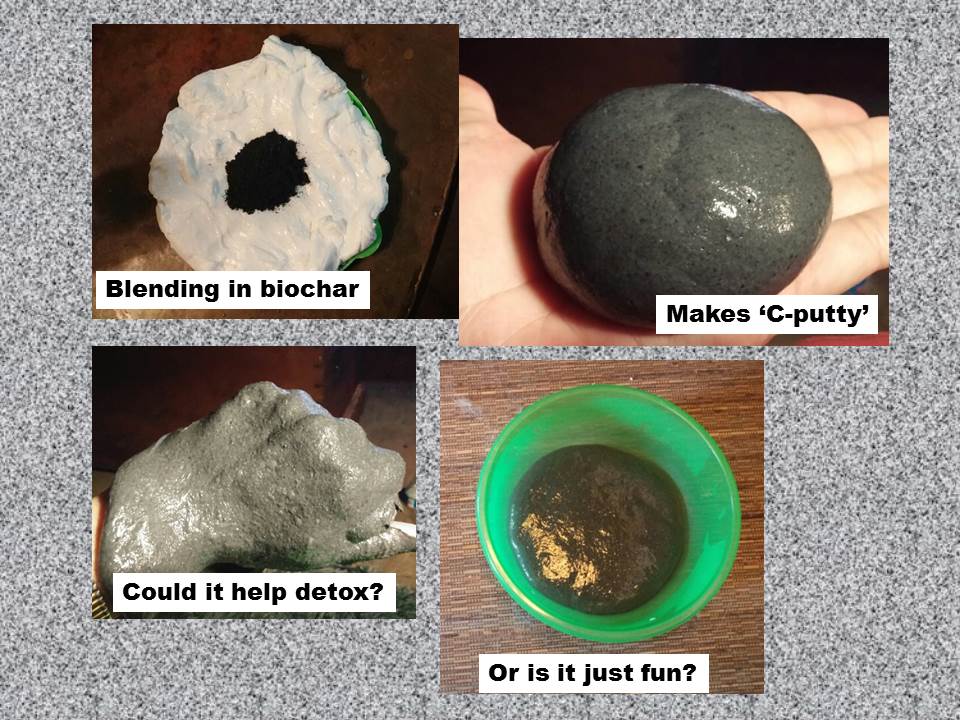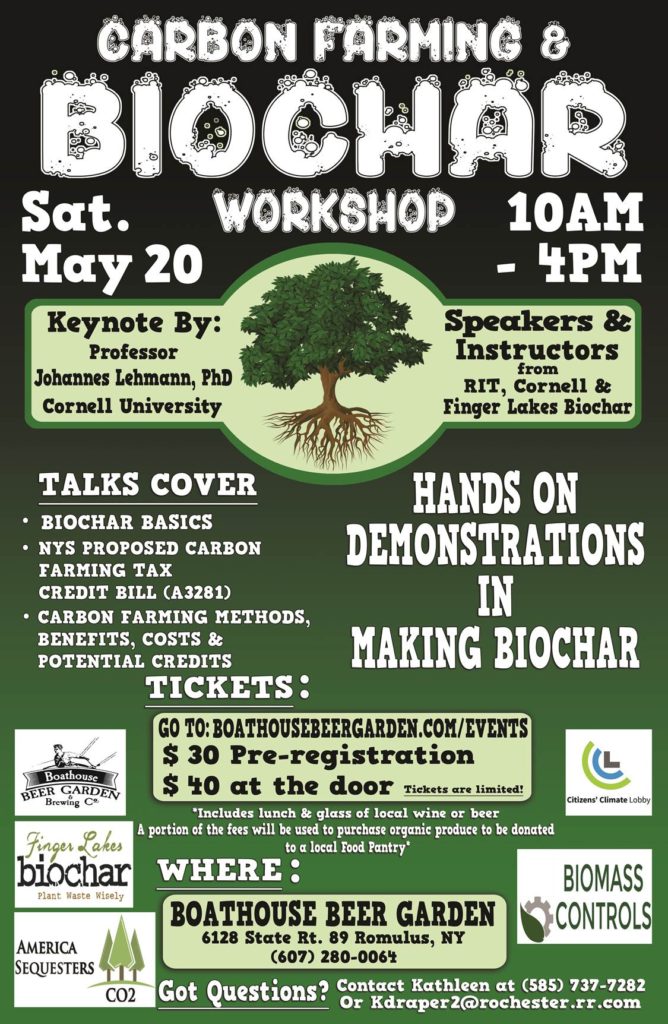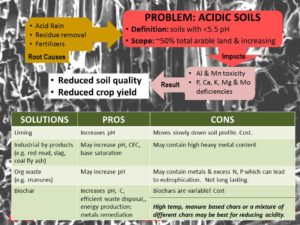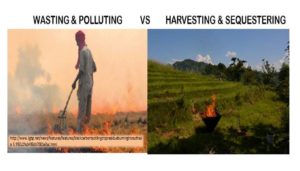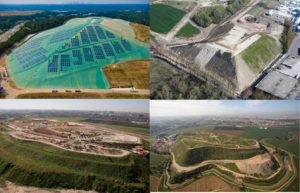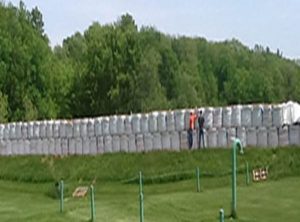Last Saturday we had the first of what may, if there is sufficient help and interest, be an annual event for the region; a gathering of those interested in carbon farming and biochar. Thanks to our gracious host Peter Arena, the event was held at the beautiful Boathouse Beer Garden which has spectacular views of Cayuga Lake. On the agenda were folks representing government, academia, industry and consumers. The quadruple helix as I like to call it. Nearly 50 people gathered to hear about the status and strategy of the recently proposed NYS Assembly bill on carbon farming and learn all about biochar. Technology vendors and newbies to biochar met and mingled with regional biochar ‘experts’.
NYS Assemblywoman Barbara Lifton kicked things off with a discussion on the NYS proposed legislation. While there is not currently a twin bill in the Senate, she explained that at least this gets the conversation started. Miranda Phillips from the Ithaca chapter of the Citizens Climate Lobby spoke about the types of citizen advocacy needed to get bills such as this funded and forwarded.
Dr. Michael Hoffmann, Executive Director of the Cornell Institute of Climate Smart Solutions (CICSS) provided a great perspective on what NY farmers can expect in terms of climate change, both negative and positive, and described various adaptation tools and strategies that Cornell has been working on . Dr. Johannes Lehmann, one of the world’s leading biochar researchers, spoke about how biochar can actually help mitigate climate change by way of rebalancing atmospheric carbon levels. Johannes is a tough act to follow but I did my best to provide what I call the layman, not Lehmann perspective on biochar.
Technical demos from Biomass Controls, Acorn Biochar, America Sequesters and my biochar buddy Dale Hendricks demo’d a small TLUD stove. I was supposed to demo a Kon-Tiki kiln but was juggling a bit too much to strike a match. We also had GreenTree Nursery there to show some of there biochar enriched horticultural products and talk about soil matters. Local organic farmers Gerard Dumphry and Jennine Huber who have been using biochar for nearly a decade showed how they are incorporating it into a soon to be planted organic hop yard.
After a rather unexpectedly long lunch period, which one kind soul said provided ample opportunity for people to meet many interesting attendees, we heard from one of my research buddies at RIT, Steve Barber, on using biochar for filtering food & beverage industry effluent. Following this was a very interesting perspective on using biochar in a fixed bed biodigester. This research was managed by Bruno Xavier in Brazil but Bruno is now working in the Finger Lakes – always good to have more people in the region!
Our workshop attracted a number of Canadians including Rasmus Kiehl who told us about the Open Source Biochar Wiki page that he has been curating since 2009! This is a great resource which I encourage everyone to check out!
Wrapping it all up was a panel of carbon farming and biochar users: Gerard Dumphy of Danby Farms, Dale Hendricks from Green Light Plants who spoke about its use in the horticulture industry and Suzanne Hunt from Hunt Country Vineyards who spoke about building soil resiliency by boosting soil carbon.
We were fortunate to have 2 videographers shooting video for the day so at some point we will have more pictures and video available.
Overall I was very pleased with the variety and enthusiasm of attendees and presenters. Mother Nature cooperated by providing perfect burn weather. We even had an exceedingly rare on-site visit by a white deer which must have escaped the nearby shuttered Seneca Army Depot. Although I’ve seen plenty of white deer within the Depot, I have NEVER seen one outside of the 24 miles of fenced in area. I think it was a sign, so thanks white deer and thanks also to our host, Peter and all the others that helped make the event a success!




